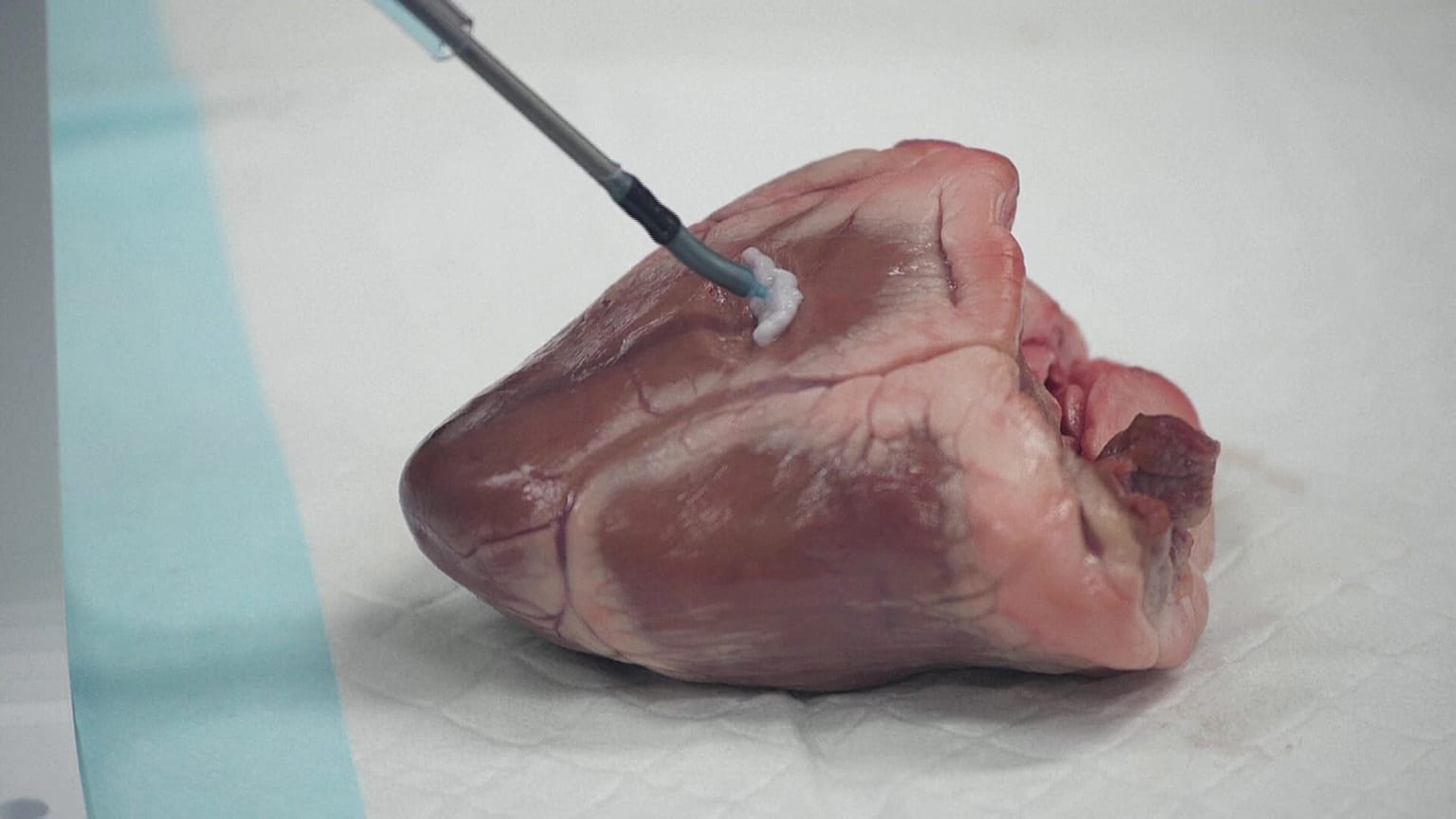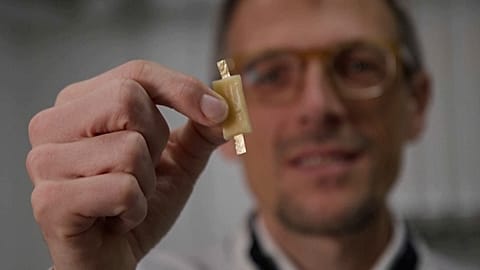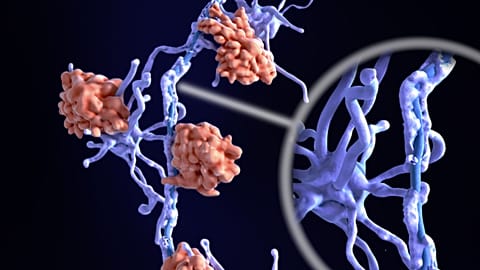Scientists say this tiny, flexible robot could reduce the need for invasive surgery by working as a mini 3D printer inside your body.
Scientists in Australia have developed a small flexible robot that could 3D print biomaterials directly inside the human body to repair damaged organs, tissues and blood vessels.
This could be a game-changer as the current process of creating biomaterials outside the body and then relying on surgery to insert them can lead to high blood loss and infections.
"Currently, no commercially available technology can perform direct 3D printing inside the human body," said Dr Thanh Nho Do, Director of the University of New South Wales Medical Robotics Lab.
Only 11-13mm wide and made of soft materials such as silicone elastomer, the robot is small enough to be inserted into the mouth or the anus - like an endoscopic tool - which would reduce the need for invasive surgery, he said.
The experimental device, named F3DB, prints tissue-like structures using “bio-ink” and living cells which then fuse naturally with the human body.
The biomedical engineers behind it say the majority of cells stayed alive after being printed and continued to grow over the following week. Four times as many cells were observed seven days after printing.
The mini 3D printer features a three-axis printing head that can bend and twist using hydraulics on the tip of a soft robotic arm.
It can print pre-programmed shapes or can be operated manually.
The tiny robot can also act as an all-in-one endoscopic tool as its printing nozzle can be altered to act as a scalpel and water jet.
For example, practitioners could use the scalpel to remove cancerous tumours, and then use the water jet to clean the lesion before bioprinting directly onto the wound to speed up the healing process.
The research team believes that F3DB is on track for commercialisation in the next five to seven years, pending further clinical trials.
For more on this story, watch the video in the media player above.


















